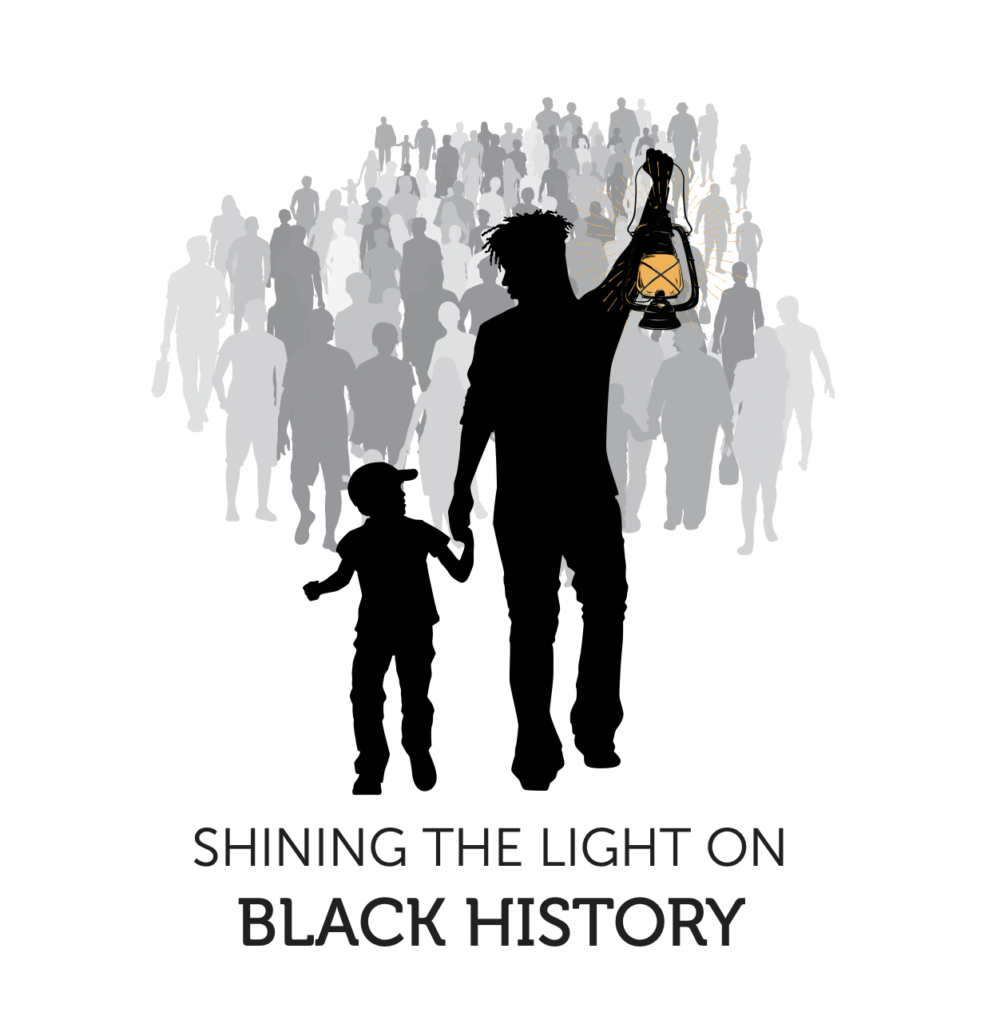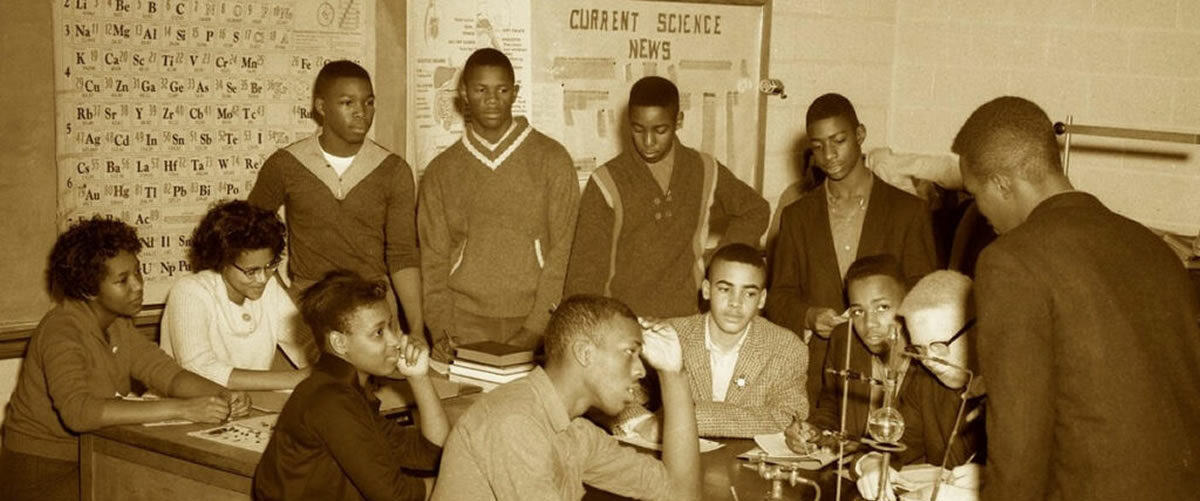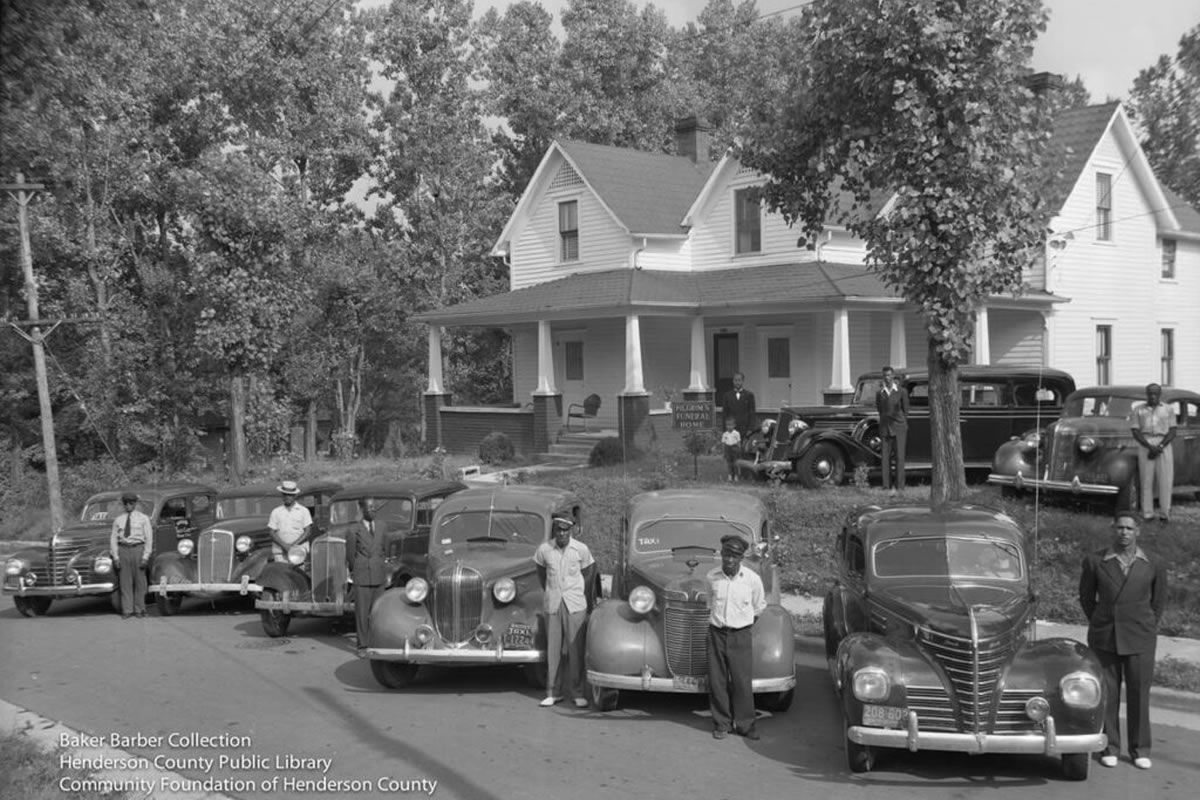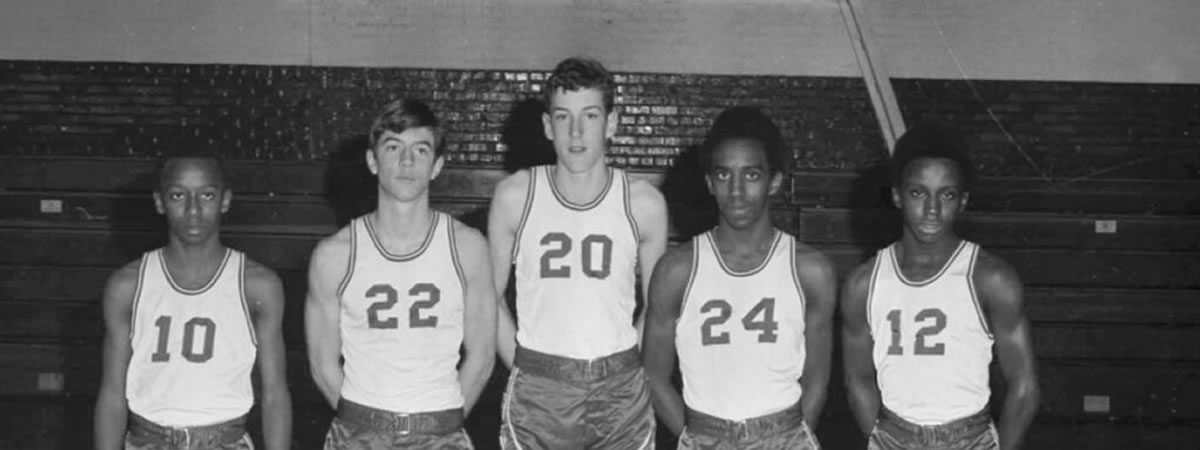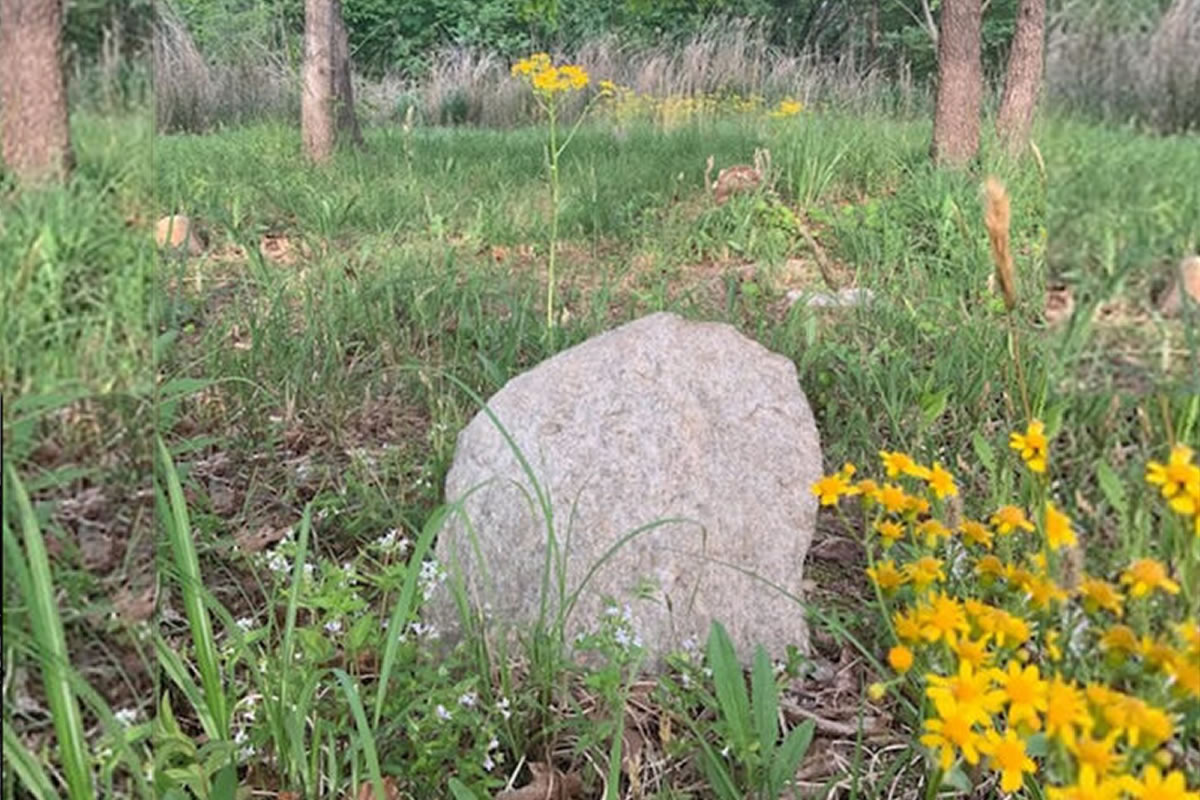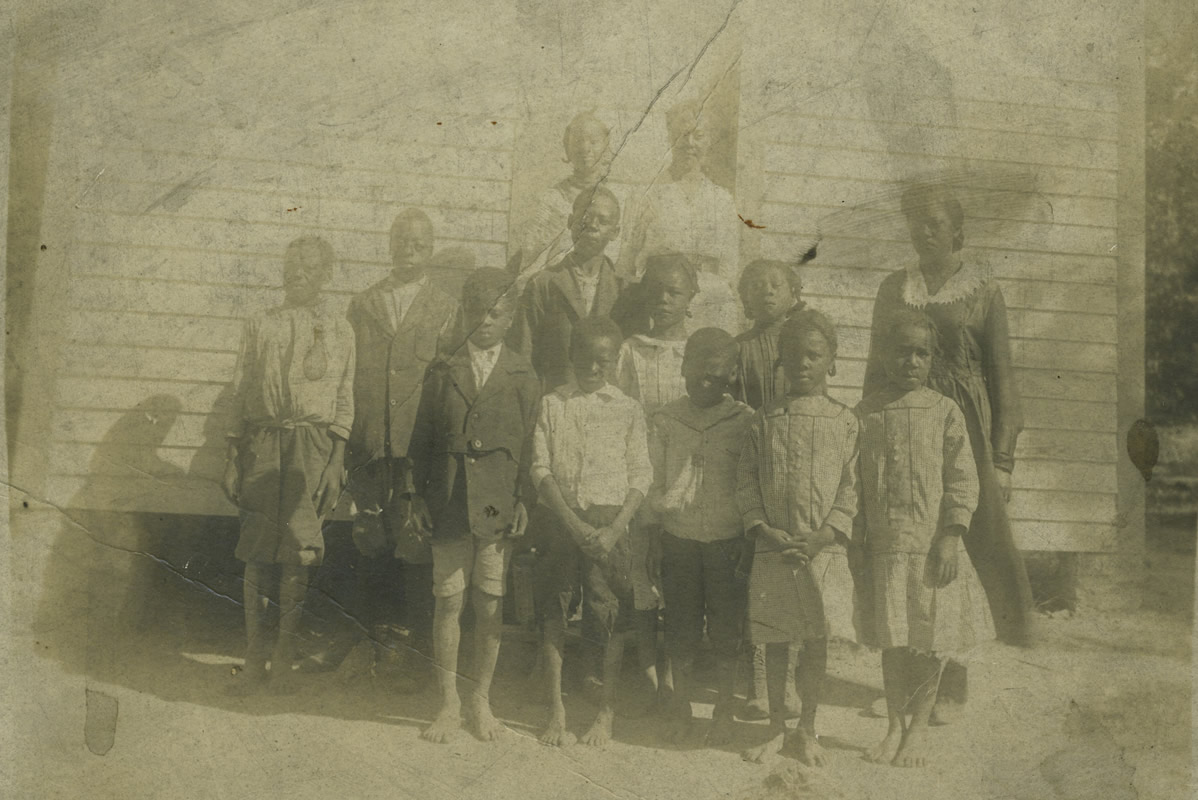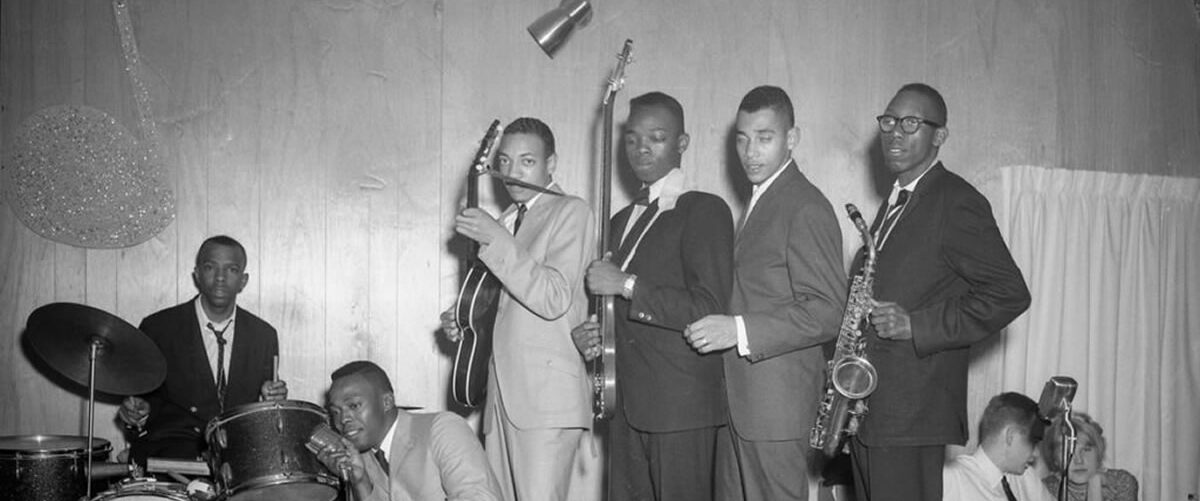The Society of Necessity
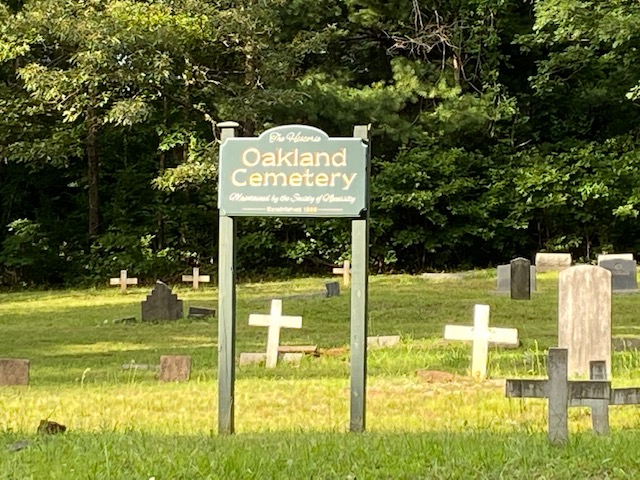
While the Kingdom of the Happy Land was realizing its commitment to communal living in south Henderson County, in what is now the East Flat Rock area, another form of community self-help was taking place. Again, like the people of the Happy Land, the needs of the community would come first. It was the “All for one, and one for all” ideal taking shape through the efforts of a 20-year-old named Henry Shields Simmons who, though young, was long in vision. Henry saw that the sick in his community needed support both financially and spiritually. This was especially true at a time when there were no governmental agencies or Social Security and very few insurance companies on which people could rely. He understood the necessity for access to short-term loans to help people make it through the long winter months when work could be hard to come by and the bills could mount. He was aware that when death came in a family, there was always the need for an affordable place to do the burying. Therefore, in 1885, with the support of the people who lived along Mine Gap Road, young Henry Simmons assumed the duties of president (an office he would hold for 65 years until his death in 1949) of an organization that survives to the present day as The Society Of Necessity.
When Henry Simmons started the Society of Necessity, it was just the beginning of a long life lived for the betterment and welfare of his community. He was an intelligent and imaginative man who believed in hard work and helping out his neighbors. He displayed an avid interest in the law and would spend many of his days at the Superior Court of Henderson County taking careful notes on the cases he observed. Then on Sundays, before and after services at Mud Creek Baptist Church, he would share what he had learned with others, counseling them on the importance of receipts, deeds and wills. He would put his law experience to practical use when someone was brought before the church deacons on a charge of immorality or with breaking one of the church rules. Henry often took the role of prosecutor in such matters, leading to highly spirited debates over the misdeeds of the accused and his punishment. At a time when there were very few Black landowners, Henry Simmons bought land from White landowners around Mine Gap Road. Subsequently, many people in the East Flat Rock area purchased the land for their homes from Henry Simmons, and afterwards it wasn’t unusual for him to utilize his carpentry skills and help the new landowner build his house. When the Quakers showed an interest in building a school in East Flat Rock, it was Henry Simmons who was a driving force in its establishment. He operated a cannery during the summer months, employing some of the young men in the neighborhood to help him, then when winter came and a person needed food, Henry had a cache of canned goods from which to draw. But out of all his remarkable achievements, it is the Society of Necessity that is Henry Simmons’ living legacy.
Functioning charitable groups were already in operation in many Black communities at the time. In Charleston, for instance, there was the Brown Fellowship Society and the Humane Brotherhood. The Brown Fellowship had as its motto “Charity and Benevolence.” Its purpose, as stated in its preamble, was to help alleviate “the unhappy situation of our fellow creatures, and the distress of our widows and orphans, for the want of a fund to relieve them in the hour of their distress, sickness, and death.” The Humane Brotherhood set for itself the task of “alleviating the crush of pain and the helping of a brother when distressed.” It further resolved “that we, as free dark men of the City of Charleston, do form ourselves into a compact body for the purpose of alleviating each other in sickness and death.” As Dr. John Potts, former President of Voorhees College and a native of East Flat Rock explains it, “whether the Society of Necessity was derived from the early societies of Charleston, South Carolina, is not clearly documented, but it is obvious that it did have similar general objectives of those early organizations.” Whether Henry Simmons knew of these groups is not certain, but regardless, with its beginnings, the Society of Necessity began a charitable work that would continue to play an important role in the life of the East Flat Rock community for decades to come.
There were others who were likely instrumental in the organization of the Society. No records of the Society’s proceedings can be found for the years from its beginnings until the year 1903. In 1903 the elected officers were, besides Simmons, J. C. Markley, Vice-President; Robert B. Alston, Secretary; L. G. Young, Assistant Secretary; and George Potts, Treasurer. Dr. Potts believes that these people were probably elected for many years at a time, and therefore, it is likely that they assisted Simmons in structuring the Society from its inception. Two other people were listed with the officers in a capacity that is hard to define. Lavinia Potts and J. H. Hallback were designated as Mother and Father for the Society. Perhaps this indicates the esteem with which these two people were held in their community and therefore is an honorary distinction, or perhaps they had duties or roles to fulfill. No one knows for sure. What does seem pertinent, however, is that the Society was developed and maintained like a functioning family. There was order in the family. There was concern for the family. There was help from the family.
The Sick Committee is a prime example of how the Society helped to meet not only financial needs of a person but his spiritual and physical needs as well. Members elected to be on the Sick Committee were expected to fulfill their obligations to tend to a person with an illness. If, for some unacceptable reason, a member of the committee was derelict in his responsibilities to a sick person, a diligent membership was ready to help him amend his ways. Article 15 of the by-laws states in no uncertain terms that “if a member fails to go and see the sick without a lawful excuse he is laid liable to be tried.” Expulsion from the Society was a high price to pay for a lack of resolve. To put this in perspective, one has only to realize that until the 1920’s, Blacks in Henderson County were denied complete hospital care. It wasn’t until then that a Black ward was opened at the old Patton Hospital. At the turn of the century oftentimes the only nursing attention someone could get would be through the visits made by Society members. Depending on the gravity of the illness, someone could be at the patient’s home all day and all night preparing food, cleaning and tending to the patient’s needs. One can understand then why it was vitally important that this rule be observed. People needed to know they could count on the care of the Society when illness or death struck.
According to the oral accounts of William Judson King, who was raised in the Flat Rock community, the Sick Committee was also responsible for the burial of the dead because no undertakers were available to Blacks in those days. The committee itself would see to the funeral preparations. Members would bathe and dress the body, see that a coffin was secured (often made by the blacksmith or some local carpenter), have the grave dug and the body lowered. Oakland Cemetery was owned and tended by the Society and any member could buy a burial plot for the sum of one cent per square foot. (In 1942 the price of a cemetery lot was raised to two dollars. By 1964 a lot would cost only six dollars.) One can easily see why the Sick Committee was crucial to the mission of the Society, and for very practical reasons.
Admission into the Society required that a person be of “good moral character,” pay an initiation fee of $1.00, and another 10 cents per month thereafter as long as they were a member. An oath was administered stating: “I agree to support and obey the constitution and by-laws of the Society of Necessity of Flat Rock, North Carolina, to which I have been elected a member, so help me God.” The money that was collected went into what was called the General Fund. Article 9 of the Society’s by-laws states that the General Fund “shall be judiciously expended for the relief of the sick members and for the burial expenses of those who may die and for any charitable object that may be decided worthy by a majority vote of the members present.” With their resources pooled together, a working pot of money was then available for critical needs that would arise. Although the amount of money the Society collected would appear to be minimal, it must be pictured in its context. Expenditures for a doctor’s fee at the turn of the century could amount to 50 cents or a dollar. Medicine was equally inexpensive. Between November 3, 1903, and October 4, 1904, a total of 60 payments for sick benefits were paid to Society members. Thirty-nine of these were for payments of 50 cents. The other 21 ranged from a dollar to $15.00. The money was paid directly to the Society’s members, which at that time numbered only thirty-one. Dr. Potts states, “Sixty payments to 31 members over a period of one year shows how great a need the organization was meeting.”
The Society had three places in which the treasurer kept the money: the “big box,” the “ little box,” and an interest bearing account at the local bank. In the early years it appears that if anyone needed money, cash was always the method of disbursement. The “little box” contained small change and the “big box” had the bills and larger change. With money readily available, a need could be responded to promptly. Mr. George Potts, who was the treasurer of the organization until his death, kept a strict accounting of all cash disbursements as well as the monthly income of member payments. Dr. John Potts remembers seeing his “grandfather carry these two metal boxes to the meetings. He kept them in some secret place between the meetings.” Throughout the history of the Society there is no record of expenditures ever exceeding the income.
Short-term loans were also available to Society members. If the need arose, a member could borrow money to pay a mortgage payment. This was especially helpful during the winter months when a family could not find work and the mortgage was due. Between June 9,1901, and March 2,1903, the Society made eleven loans, ranging from 10 to 50 dollars, to ten of its members. A borrower put up his land as collateral and the loan was made at no interest. It might take awhile, but the record shows that all these loans were paid back in full.
The Society of Necessity was a widely recognized community charity. To witness the scope of interest it generated, one needed only to attend the yearly Annual. The Annual was usually held at the local Rosenwald school in late August at the close of the long summer season. The event attracted people of both races to its day-long festivities. Engraved invitations were sent out adding a touch of formality to the occasion. There were speakers, singing, a parade, and the air would be filled with the smells, the sights and the sounds of a celebration. Dr. Potts remembers that “It was the only time that I can remember my grandfather, George Potts, going anywhere at night. He rigidly followed an ‘Early to bed, early to rise’ schedule. But he and my grandmother never missed a meeting of the Annual.” At the Annual donations were accepted for the coming year and members took the opportunity to look forward to work that needed to be done. Henry Simmons closed out the evening with a financial report of the donations and receipts and the day always ended on an optimistic note.
As times changed, so did the Society of Necessity. People made their monthly donations, which in 1941 were still ten cents a month. In 1966 the Society decided to raise monthly dues to 25 cents, and in 1968 a person could still belong for yearly dues of three dollars. In 1953 the Society increased its financial base by becoming a part of the United Fund. With the additional monies more people were assisted in yearly needs. The association with the United Fund ended abruptly in 1966, at which time the Society was dropped from the Fund. No explanation for this action was given in the minutes.
Dr. John Potts evaluates the Society’s impact on the community this way: “We are impressed with the following:
1. The effective safeguards which were included in the Rules and By-Laws of the organization. This provided the framework upon which the entire program depended.
2. The dedication and length of service of its officials. Most of the officers served until they died.
3. The accurate accounting of the funds received by the Society. This built confidence among members and donors. Financial reports were frequently made.
4. The Society lived within its means. Expenditures never exceeded income.
5. The Society generated cohesiveness in the small community. Except for the church, it was the tie that bound the residents together.
6. The planning that was done in preparation for the annual public program. This was the special event of the year. Invitations and programs were printed for this occasion.
7. The concern for the welfare of each member. This was extended to non-members who needed medicine, food, fuel and other necessities.
8. The special concern for the appearance of the cemetery where most of their relatives are buried.
9. The repayment of all the loans made by the Society to some of its members.
10. The willingness of the members to change the original purposes of the Society.”
The Society of Necessity proved that through cooperative effort and dedicated leadership people could improve their lives and find a measure of security. A great deal of the credit goes to Henry Shields Simmons, but without the like-mindedness of the community, it would never have become a reality. The legacy of the Society is that people can make a difference when the intent is clear and the good of the people is the purpose.
From A Brief History of the Black Presence in Henderson County by Gary Franklin Green
